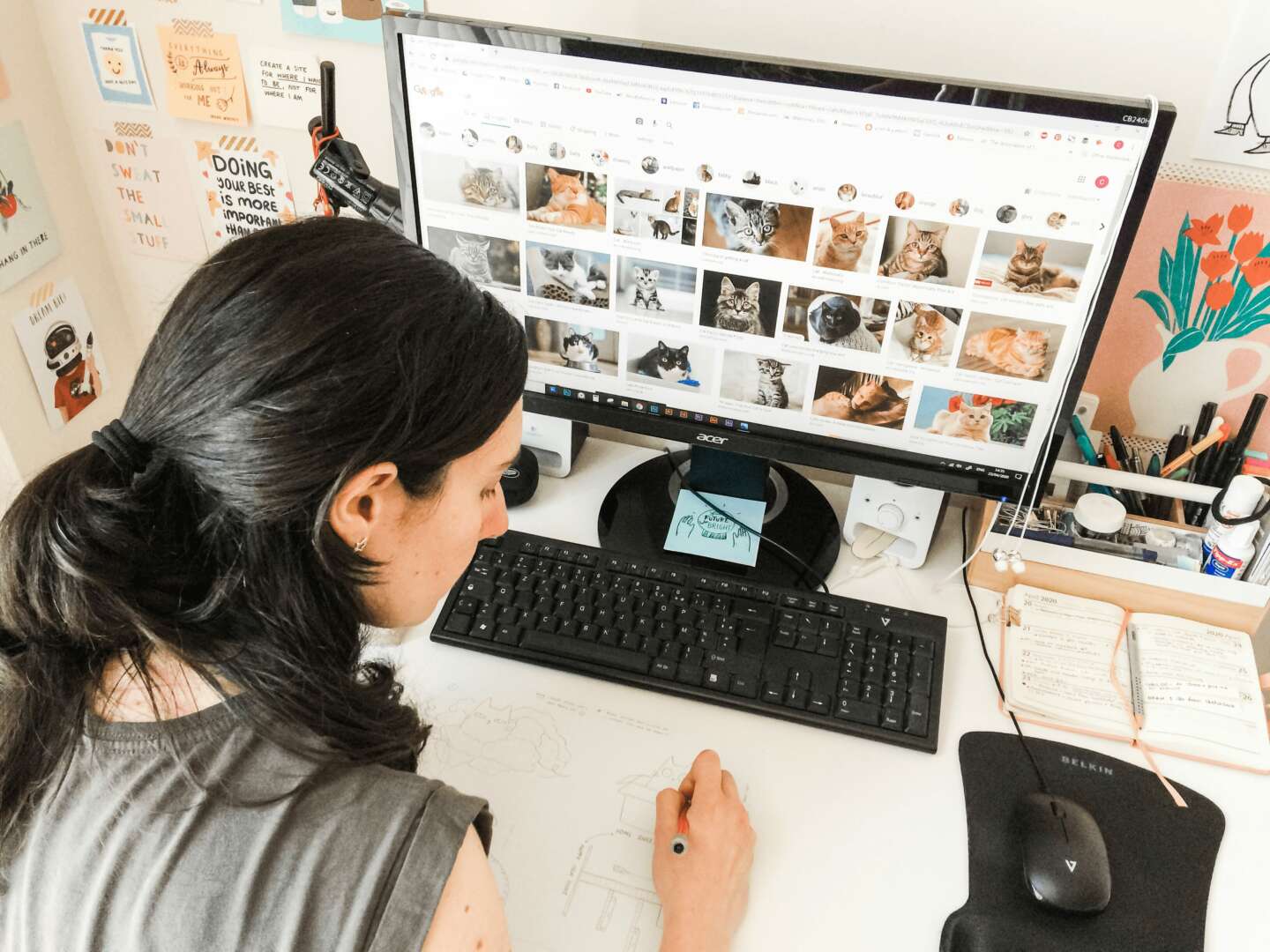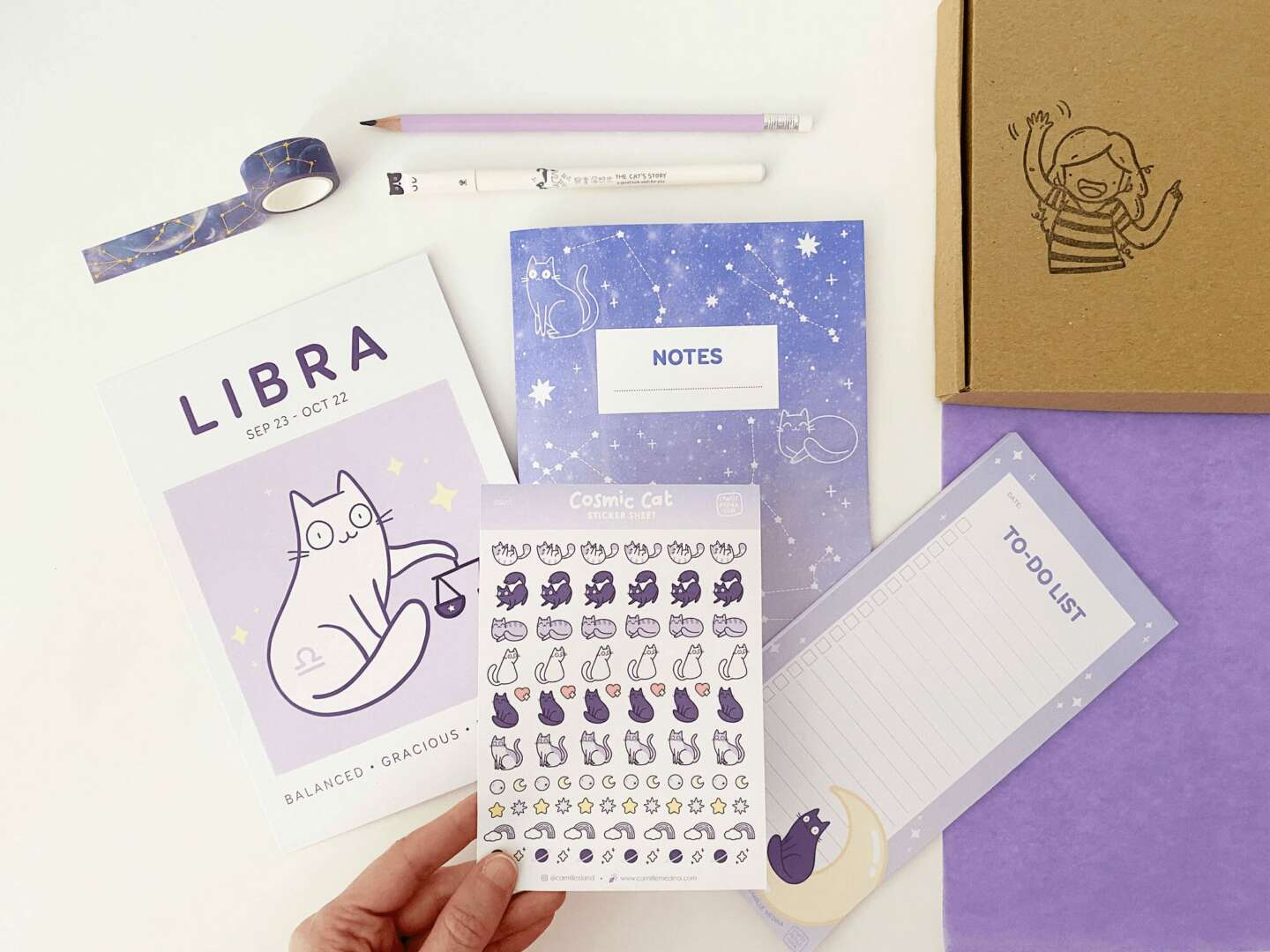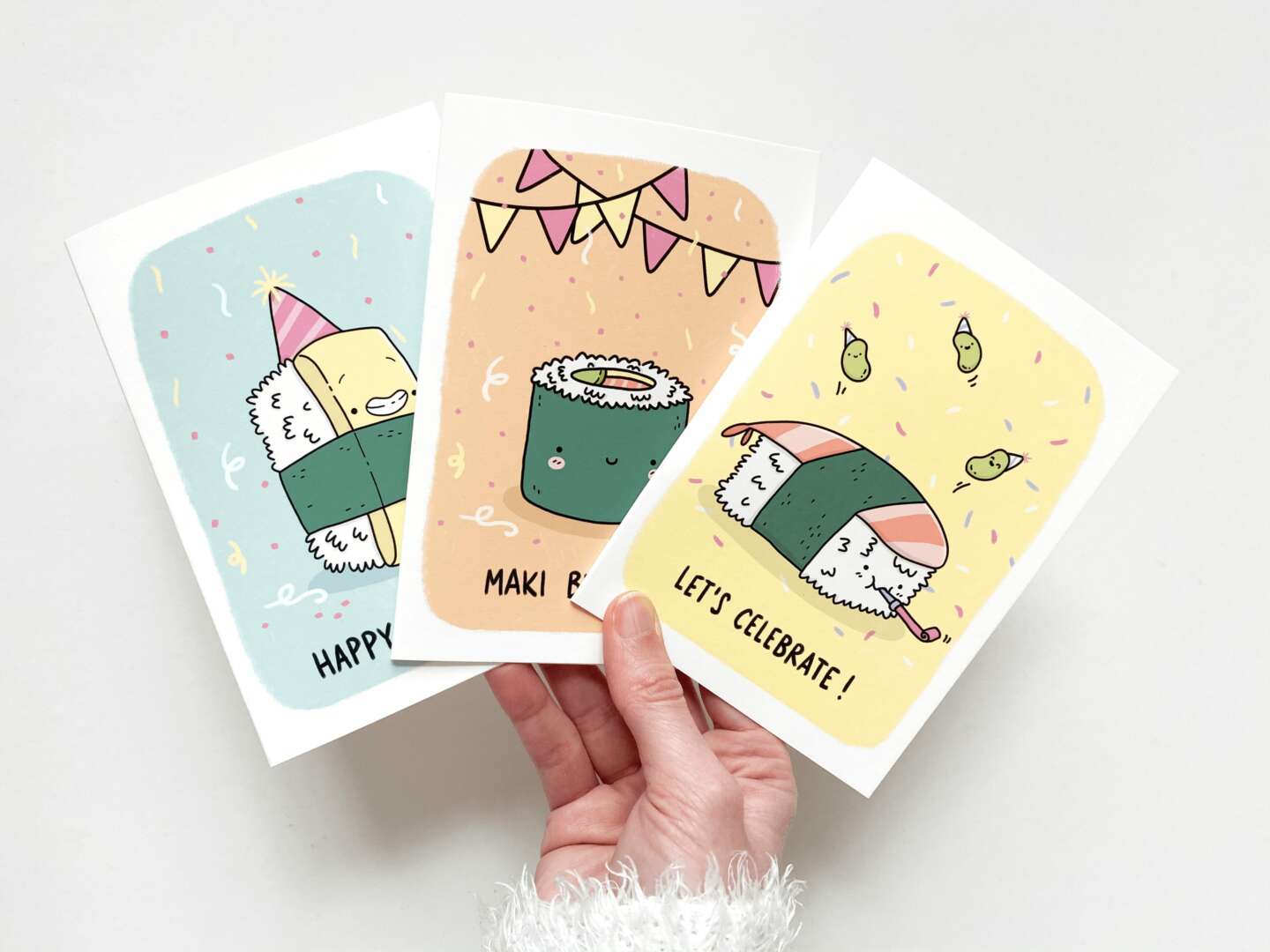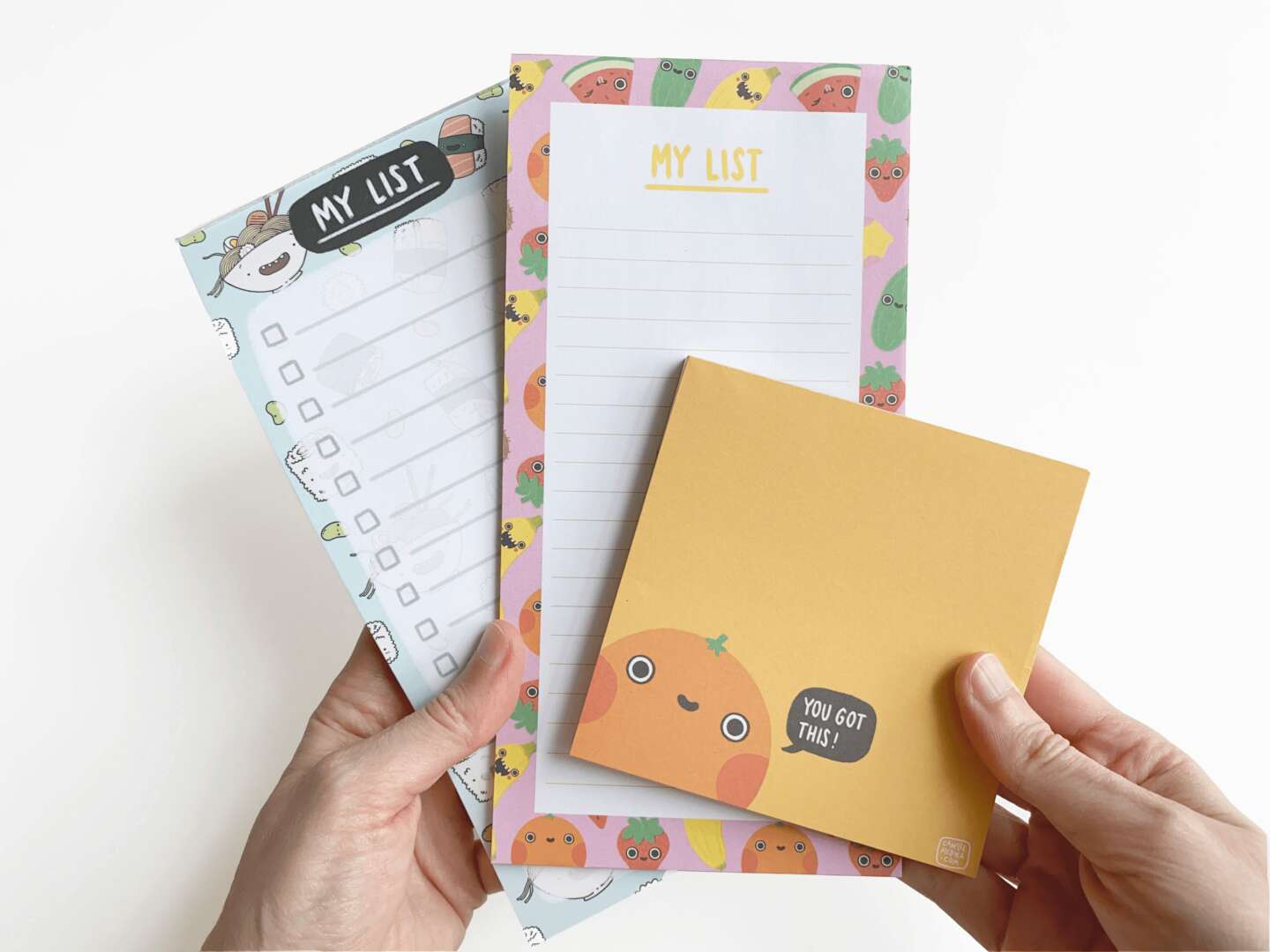We recently connected with Camille Medina and have shared our conversation below.
Camille, looking forward to hearing all of your stories today. Are you happier as a business owner? Do you sometimes think about what it would be like to just have a regular job?
I am happy as a business owner, but I also recognise the need to be realistic and practical. The primary goal of any business is to make money, which can be a bit taboo in the creative industry. Discussions about money often provoke strong reactions, with some people viewing it as selling out or being greedy, believing that art and creativity should always come first. There are deep-seated, negative feelings towards commercialism within this field.
However, the reality is not so black and white. There is a lot of grey area. As a creative, I’d love to focus solely on what I want to create. But as a business owner, it’s my responsibility to generate revenue; otherwise, there’s no business.
Flexibility and Adaptation
I’ve learned the importance of being flexible and adaptable. For many years, I experienced significant stress from running my own business which, at times, impacted my relationship with my partner. Just as things started to improve, Covid hit, and a few of my illustration projects were cancelled. I pivoted to focus on my shop instead, joining online groups for makers and independent businesses. We supported each other and participated in online markets, leading to my shop doing well during lockdown.
When physical shops reopened, sales declined and as I was still getting too few illustration commissions to make a proper living, I was forced to get a part-time job to survive. I became a cleaner at a local theatre which meant getting up very early in the morning but brought me the extra income I needed while also giving me the rest of the day to run my business.
Then, the cost of living crisis hit, and my cleaner’s wage became insufficient. Unable to find a part-time job with more hours to replace the cleaning job, I took on a second part-time job while still running my business on the side. It was brutal, and money remained tight.
Contemplating a Regular Job
During this time, I began to consider what it would be like to have a regular job. I loved running my business, but working for someone else seemed much easier. I was physically and mentally exhausted and barely saw my partner, which wasn’t the life I wanted.
I had an open conversation with my partner, also a creative, about my feelings. I felt ashamed and guilty, as if I was betraying the hard work I’d put in over the previous nine years. I feared his judgment, but he was very supportive. His reaction allowed me to entertain the idea of looking for full-time jobs to replace my part-time jobs.
Strategic Job Search and New Opportunities
I approached my job search strategically, seeking positions that would allow me to learn and practice my weak points. While refining the types of jobs I wanted to apply for, I received an offer from one of my past clients at the perfect time.
Now, I still run my business in my spare time and consider myself very much a business owner. I am committed to developing it in the right direction, bridging the gaps in my skills, and implementing what I learn, all while enjoying the stability of a consistent paycheck.
Balancing Both Worlds
This shift has significantly reduced my stress and made me feel more focused and empowered. So, am I happier as a business owner? Yes. While I once wondered what it would be like to have a regular job, I have now embraced it. Progress on my business is slower than before, but it’s more focused and strategic. I feel I’m experiencing the best of both worlds.
Being a business owner doesn’t mean you can’t have a regular job and vice versa, and I think you can still be happy as a business owner while having a regular job.

As always, we appreciate you sharing your insights and we’ve got a few more questions for you, but before we get to all of that can you take a minute to introduce yourself and give our readers some of your back background and context?
I’m Camille, and I design illustrated gift and stationery products that bring more joy to your daily life that I sell through my own online shop as well as on Etsy.
I started my illustration business in 2014 after feeling unfulfilled in my 9-to-5 office job.
What began as an experiment quickly turned into a passion. I initially gave myself two years to see how it would go, but two years became five, and now, a decade later, I’m still here doing what I love. I’m incredibly proud of that.
As I gained experience, I began mentoring for the Association of Illustrators, a role I held for four years. I am also a mentor for Portfolio Chats, created by Owen Davey. This initiative offers underrepresented artists free monthly 30-minute slots to discuss their portfolios and career direction.

Can you tell us about a time you’ve had to pivot?
Before the pandemic, my business was 90% illustration services and 10% Etsy shop. When COVID-19 hit, and illustration projects were cancelled or paused, I pivoted to focus on my shop due to the higher demand for online shopping, especially from local and small businesses.
When the sanitary restrictions were lifted, I realised how much I enjoyed creating and selling products for my shop, even more so than working on client projects. Even though I could have returned to my pre-pandemic business model, I decided to stick with the shift in focus. I began dividing my efforts about 60-40 between the shop and illustration commissions.
A few months later, with the impact of the cost of living crisis, it became clear that I needed a part-time job to pay the bills. Due to the fact I had less time to work on my business I decided to let go of most illustration commissions, except for a few special projects that I really wanted to work on, and focus solely on the shop.
This is what I continue to do now, even as I have a full-time day job.

Are there any books, videos, essays or other resources that have significantly impacted your management and entrepreneurial thinking and philosophy?
There are so many people, books and other resources that have impacted the way I think about running a creative business! I would say that the main ones are:
• Lilla Rogers and the Make Art That Sells courses, which have taught me that you can find joy in the work you create AND be commercial (it’s not evil – on the contrary!). The courses are a great way to work on your art portfolio with a focus, while also learning from specific industries that commission art and how to think about the business side of things.
• Chris Do and The Futur have had a massive influence on how I think about business and have taught me how to price my work and how to negotiate, amongst a myriad of other things. I’d highly recommend starting with their free content on Instagram and YouTube. Also: Chris Do’s book: Pockets Full of Do.
• Deep Work (by Cal Newport) – What it’s about: how deep focus enables you to make significant progress and achieve better quality, more impactful work.
• Sprint (by Jake Knapp, John Zeratsky and Braden Kowitz) – What it’s about: a technique to go from prototype to MVP (Minimum Viable Product) in about a week’s time.
• Make Time (by Jake Knapp and John Zeratsky) – What it’s about: creating time and finding focus in daily life.
• Socratic Selling (by Kevin Daley) – What it’s about: how to close the sale by building stronger relationships with your clients or customers.
• Clockwork (Mike Michalowicz) – What it’s about: how to create and grow a business that can run itself without you. I’m not there yet, but the book gives great insights on things you can put in place to get there.
Contact Info:
- Website: https://www.camillemedina.com
- Instagram: https://www.instagram.com/camillesland/
- Linkedin: https://www.linkedin.com/in/camillemmedina/


Image Credits
Camille Medina


